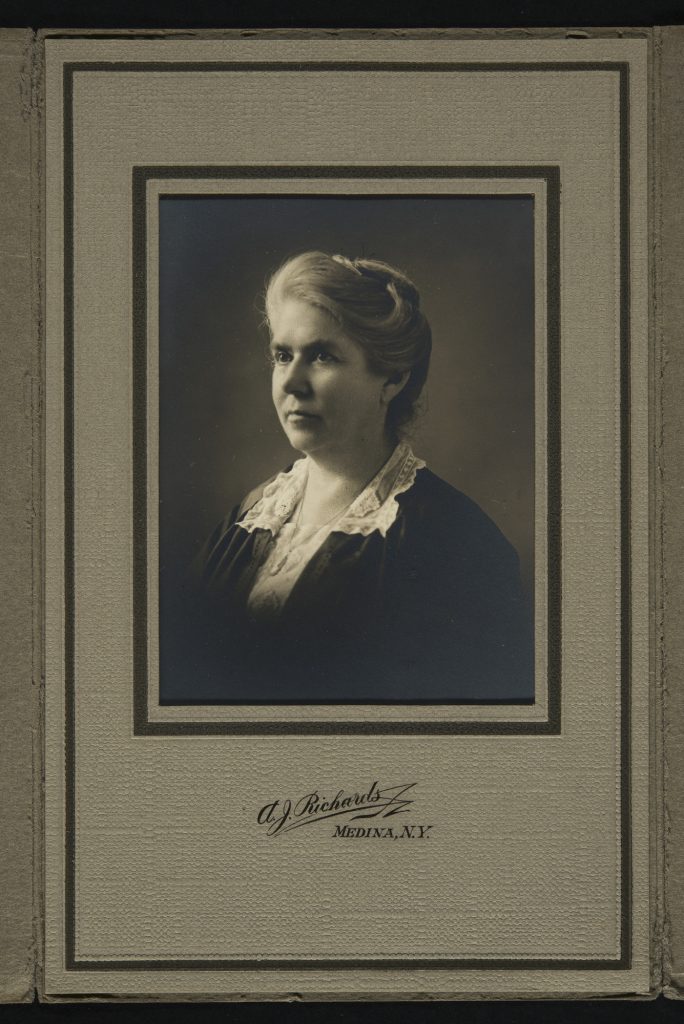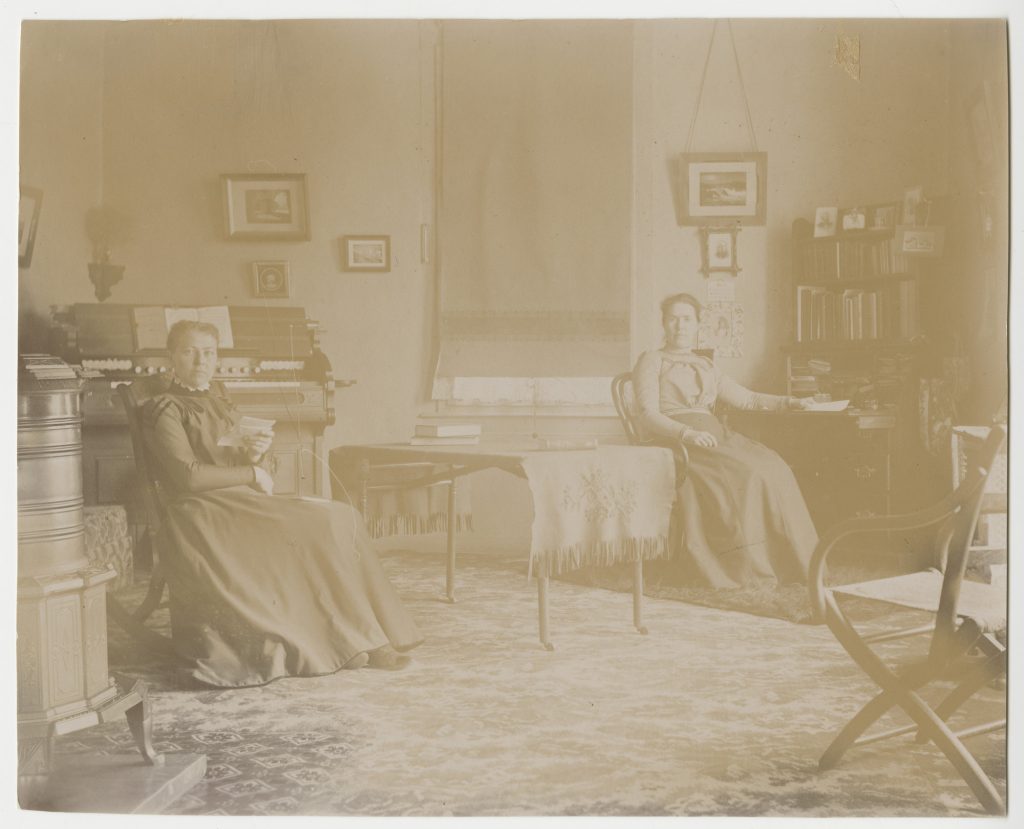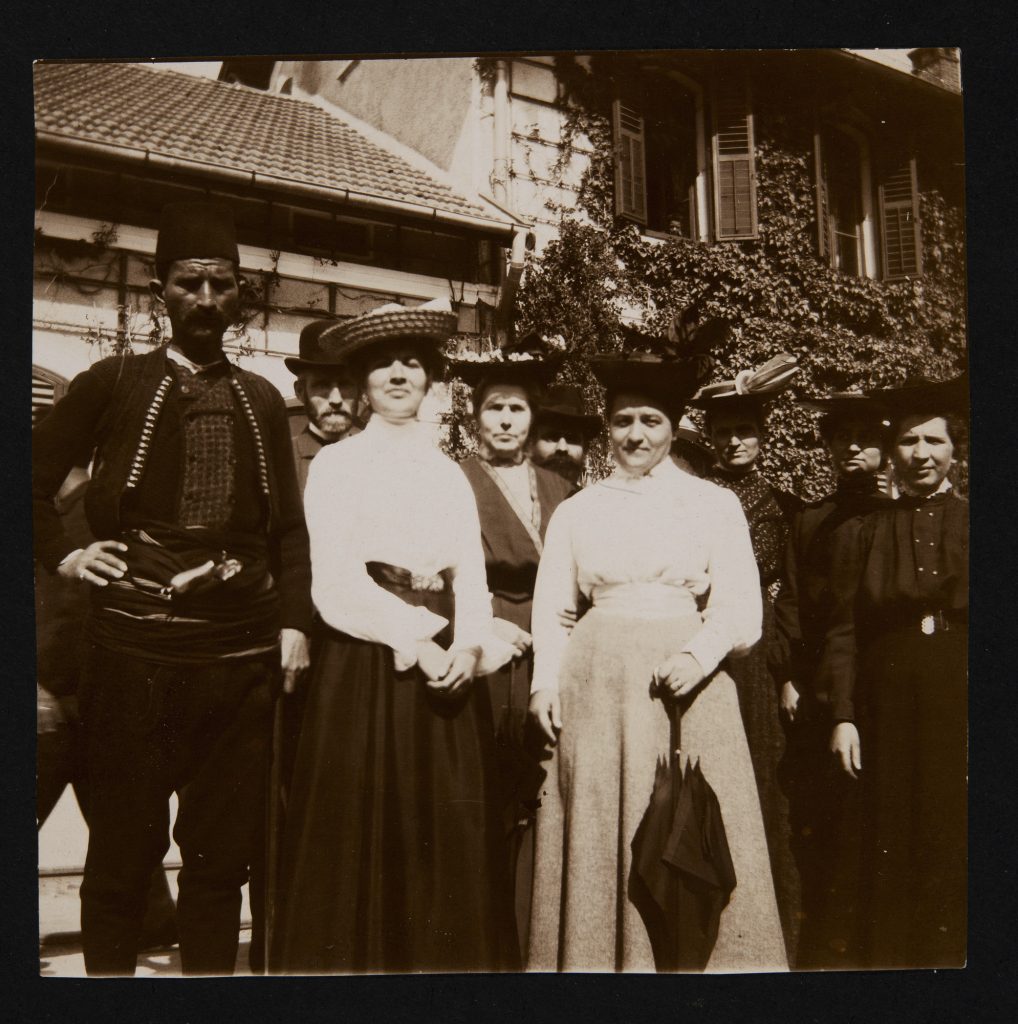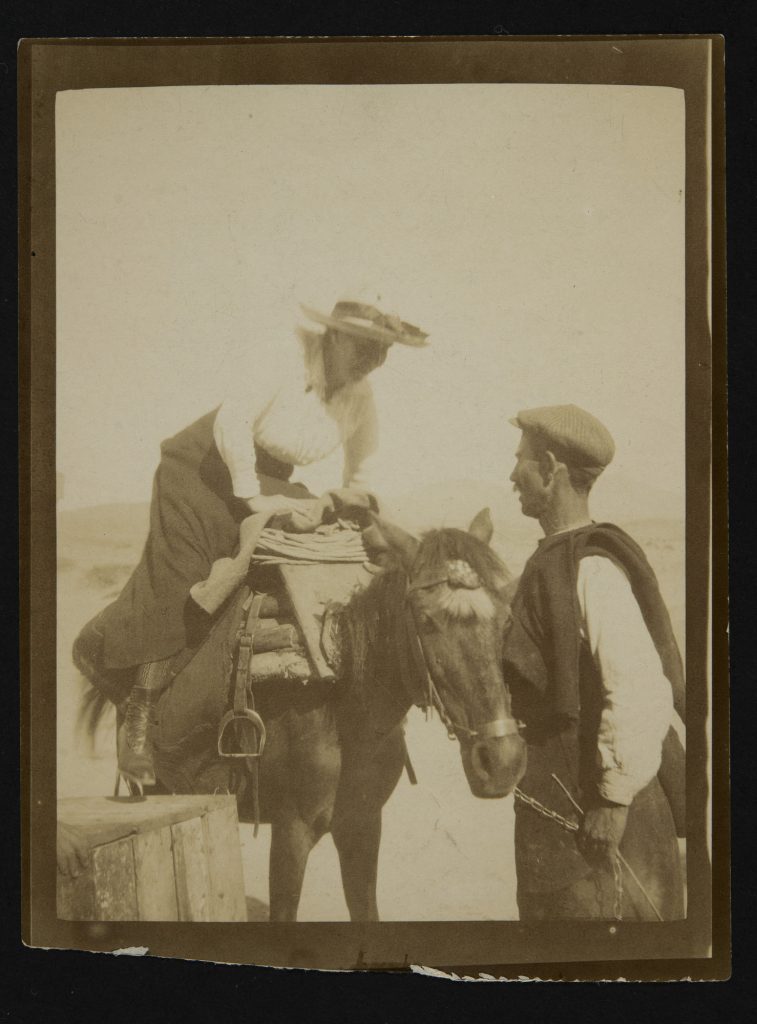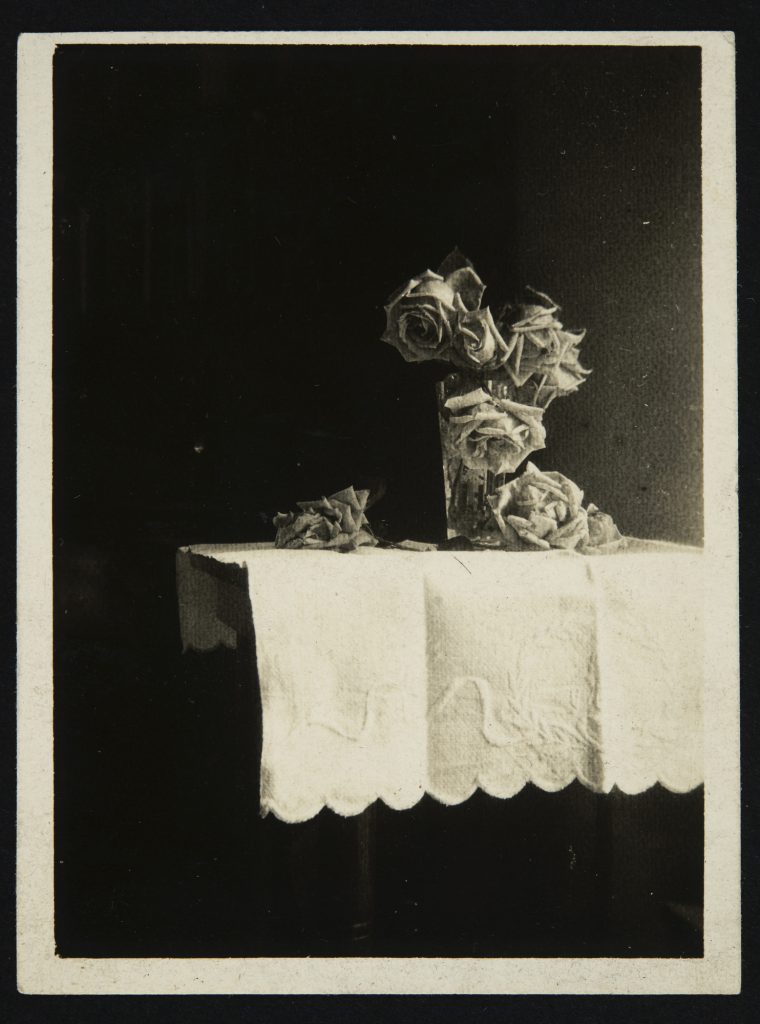Biography and Timeline
Mary Louisa Matthews was born on August 28, 1864 in Cleveland, Ohio. She attended Mount Holyoke Female Seminary from September 1880 to June 1883, and was an active member of the Mount Holyoke Missionary Association. She left school before her expected graduation due to ill health.
Matthews taught for two years at Fisk University while applying to be a missionary with the American Board of Commissioners for Foreign Missions (ABCFM). She was appointed to Monastir, in European Turkey, and arrived in 1888 as a teacher at the American School for Girls. Her post lasted for 32 years, in which she took only three short furloughs to the United States, in 1893-1896, 1904-1905, and 1913-1915.
During her years at the American School for Girls, Matthews witnessed many geographical, political, and social changes, including the Young Turks’ Revolution in 1908, the First and Second Balkan Wars in 1912-1913, and World War I from 1915-1918. Life at the American School consisted of academic and religious study, as well as relief work. Due to the multicultural nature of the region, Matthews’ work was often affected by political and wartime circumstances.
After the departure of principal Harriet L. Cole in 1909, Matthews was the head teacher at the American School and remained a primary missionary in the Monastir region until 1920. She left Monastir, for unknown reasons, in 1920 and spent the next few years in the United States. Eventually she returned to work as a teacher in the American School for Girls in Salonica, Greece, and was appointed as Foreign Secretary for the Near East, a position that revolved primarily around fundraising.
Matthews remained in close contact with many of her Monastir and other Near East associates, such as Rada Pavlova and Delpha Davis, throughout the rest of her life. She died in the United States in 1950.
Mary Matthews in Monastir: A Timeline
1863: Mary Louisa Matthews is born in Cleveland, Ohio
1880 to 1883: Mary attends Mount Holyoke Female Seminary; joins the Mount Holyoke Missionaries’ Association
1885 to 1888: Mary works as a teacher after her missionary application is initially rejected
Summer 1887: Mary’s missionary work application is accepted and she is assigned to Monastir in European Turkey (now known as Bitola in the present-day Republic of Macedonia)
September 1888: Mary arrives in Monastir to work at the American School for Girls, where she will stay until 1920 with only brief furloughs
1901: Mary’s fellow missionary Ellen Stone is captured and held for 172 days by Bulgarian and Albanian brigands
1903: Mary purchases a small Kodak camera and learns to develop her own film
1904-1905: Mary on furlough to United States
1908: Bloodless Turkish Revolution by the Young Turks; Mary takes charge of the American School for Girls
1912: First Balkan War; Serbian army takes Monastir after centuries of Turkish rule
1913: Monastir remains in Serbia during Second Balkan War
1913-1915: Mary on furlough to United States; returns through U-boat-infested Atlantic during World War I
1915: Monastir changed hands twice over the course of World War I; the first event was the Bulgarian invasion of Monastir in November 1915.
1916: Serbian army aided by British and French sources takes Monastir back from Bulgarian forces; the Bulgarian/German/Austrian troops retreat to the mountains where they shelled Monastir for 22 months
1917-1918: United States declares war on Germany; American Girls School building becomes a haven for refugees; Mary becomes de facto Consul, managing money from men working in the United States to families in Monastir
1919: Mary is the last remaining American missionary in Monastir
1920: Mary returns to the United States
